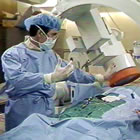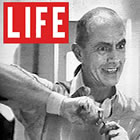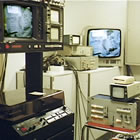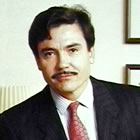
Dr. Andreas Gruentzig
“I don’t know how anyone can do these procedures without measuring pressures!”
That’s what Andreas Gruentzig, the father of coronary angioplasty, said to me back in 1985. He knew that looking at the angiogram alone was not sufficient for judging the blockage in an artery. Integral to the design of his technological breakthrough, the double-lumen angioplasty balloon, was a feature which allowed him to measure the blood pressure at either end of the arterial blockage. At the start of the procedure, he could quantify how significant the blockage was; when he was done inflating the balloon, he could see the benefit of the dilatation. The post-angiogram might look good, but the pressures sometimes signaled that blood flow through the area was not. So, inflate again. And maybe again. OK, pressure now looks good, we’re done! Pretty simple. Not brain surgery. Continue reading







